T4K3.news
California quake study reframes risk
New findings from Myanmar quake modeling show the San Andreas fault could rupture in unpredictable ways, affecting how California prepares for the next big quake.
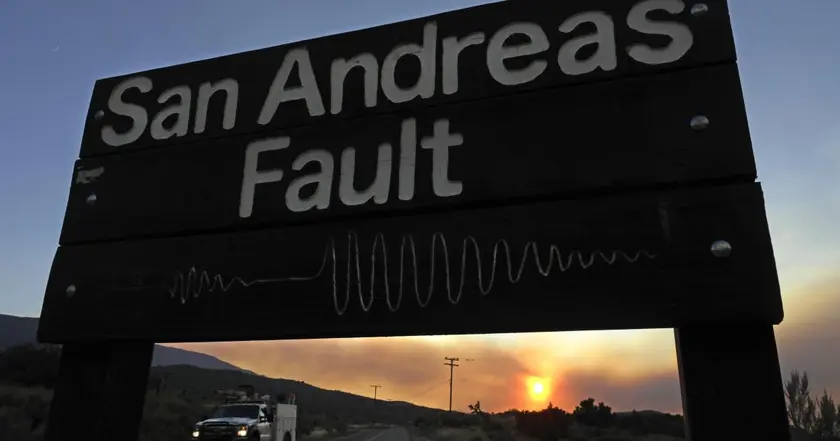
A Caltech study of Myanmar's March quake on a similar fault path suggests California's San Andreas could rupture differently than past quakes.
California's next big quake may unfold in unexpected ways
Researchers at Caltech analyzed satellite data from the March 28 Myanmar quake on the Sagaing fault, finding the rupture stretched about 317 miles, the longest continental rupture on record and longer than scientists predicted.
The study argues that earthquakes do not repeat in the same pattern. It suggests a future San Andreas quake could take many forms, from smaller, separate ruptures to a single event that spans multiple counties. While simulations can map possible scenarios, they cannot predict the exact timing of the next large quake.
Key Takeaways
"Earthquakes never come back exactly the same way"
Lead author Solene Antoine on rupture variability
"The San Andreas fault is far more complex"
Coauthor Jean-Philippe Avouac on fault behavior
"There will be an earthquake at some point"
Antoine on inevitability of seismic activity
"It is a matter of just showing what scenarios are possible"
Antoine on the value of scenario-based modeling
The research challenges the idea that one worst case can be repeated exactly. It shows that fault behavior is complex and influenced by ongoing stress redistribution after each quake. For California, this means hazard planning must account for a range of outcomes rather than a single scenario.
In practical terms, preparedness hinges on resilient infrastructure, adaptable emergency plans, and clear risk communication that reflects scientific uncertainty. Satellite data and long-term modeling offer a path to better planning, even as they remind us that the next Big One remains inherently unpredictable.
Highlights
- Earthquakes never come back exactly the same way
- The San Andreas fault is far more complex
- There will be an earthquake at some point
- We can map possible ruptures, not predict the exact timing
Public safety risk from uncertain quake models
The study emphasizes a range of possible ruptures for a major fault, which could influence how communities plan, budget for resilience, and communicate risk. Clear messaging is needed to avoid complacency or alarm while preparing for multiple scenarios.
Ongoing satellite monitoring and longer simulations will shape how communities prepare for the next seismic test.
Enjoyed this? Let your friends know!
Related News
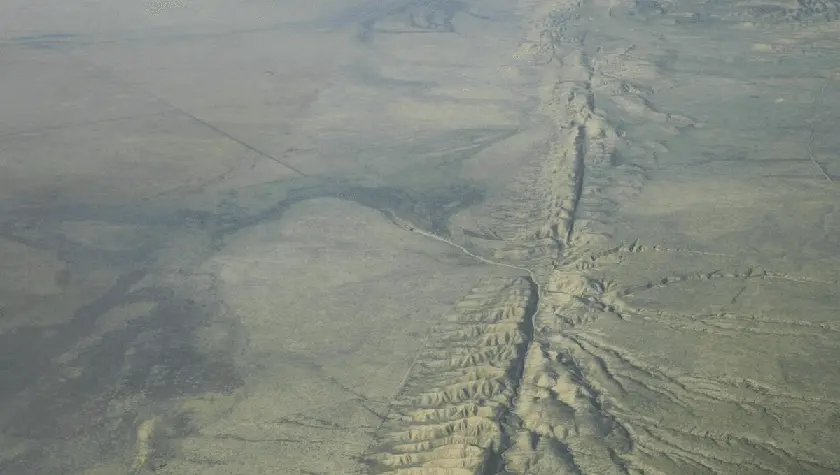
Caltech study reframes quake forecasts

California hit by rapid quake swarm
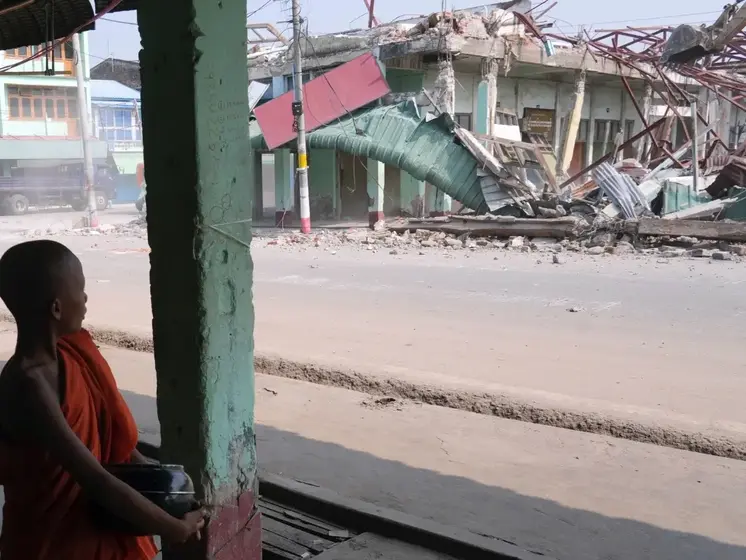
California Big One May Look Different
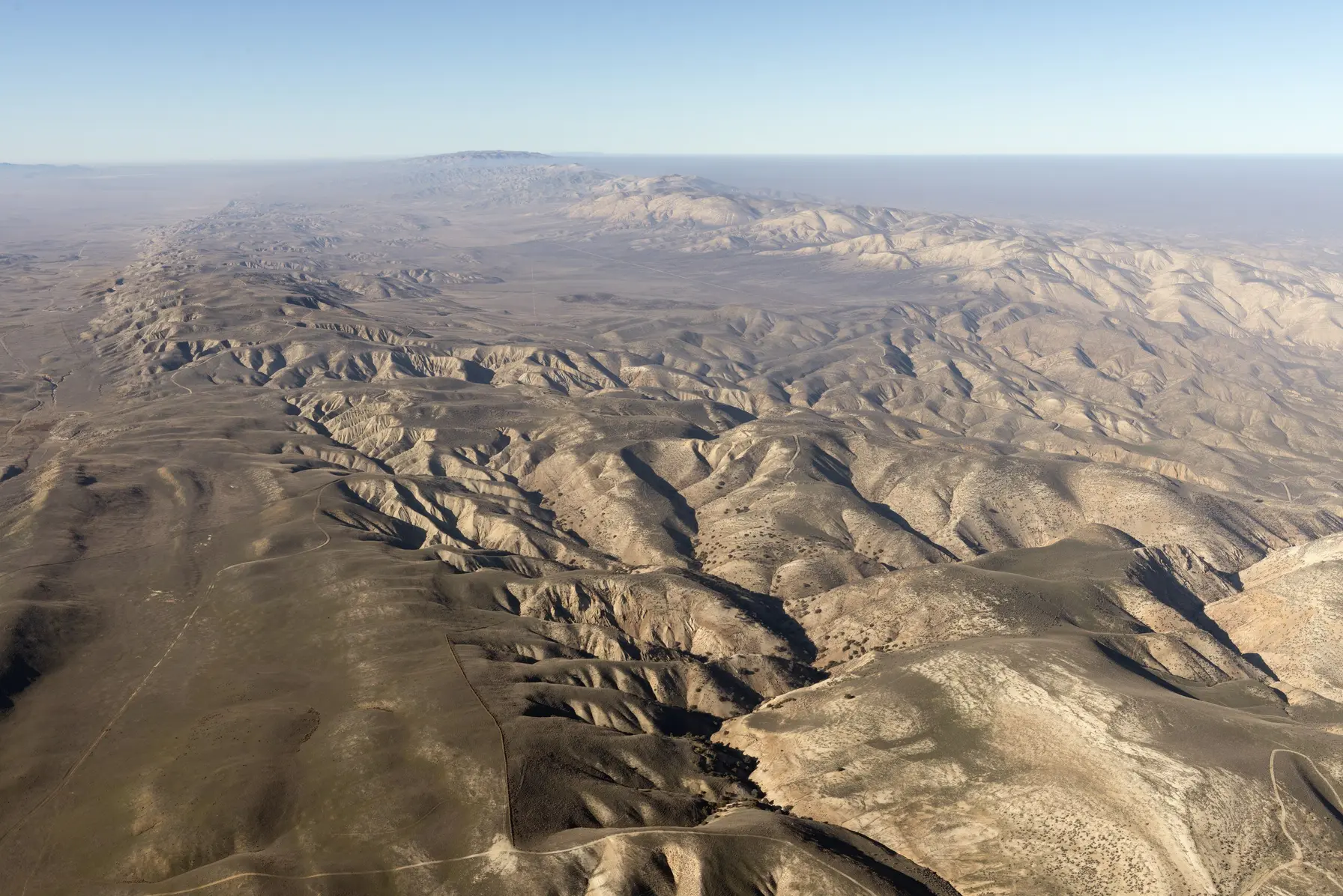
San Andreas quake may unfold in new patterns

Potential major earthquake threat identified in Canada
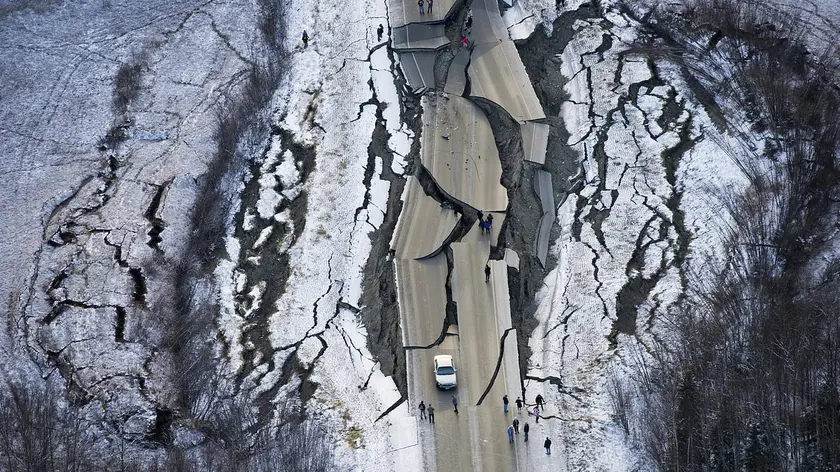
Hidden earthquake risk discovered under North America

Tintina fault could host large quake
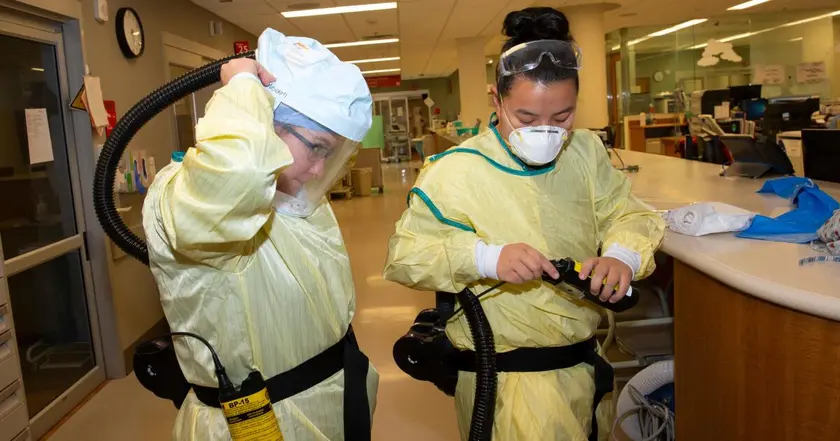
Study shows pandemic accelerated brain aging
